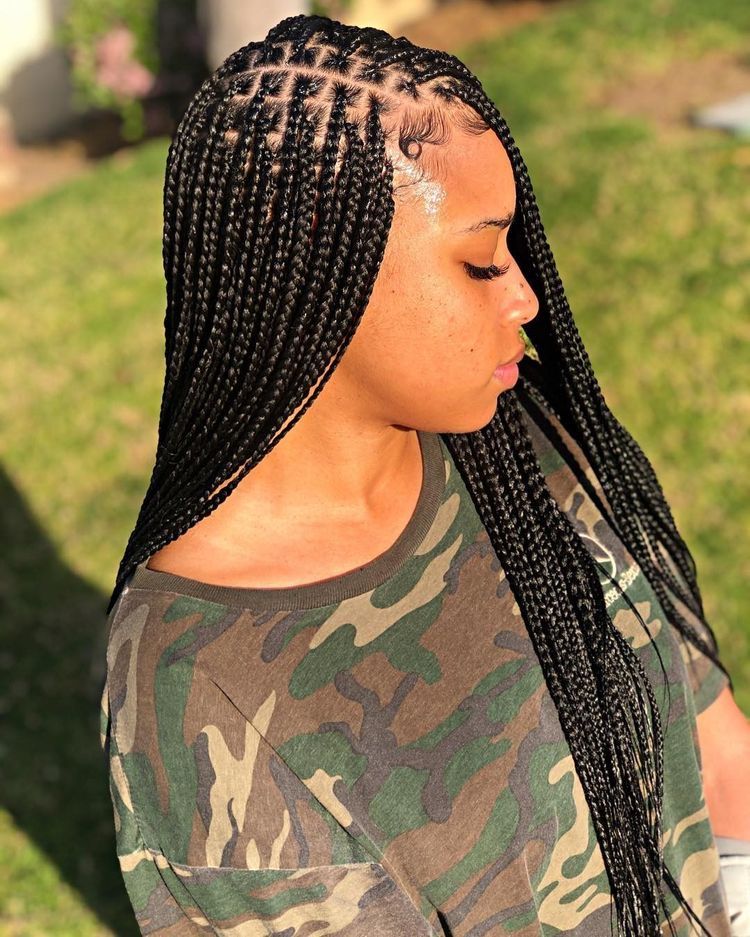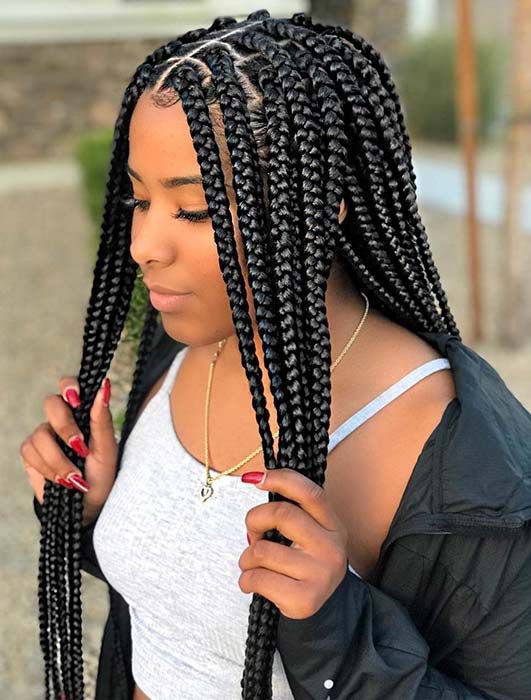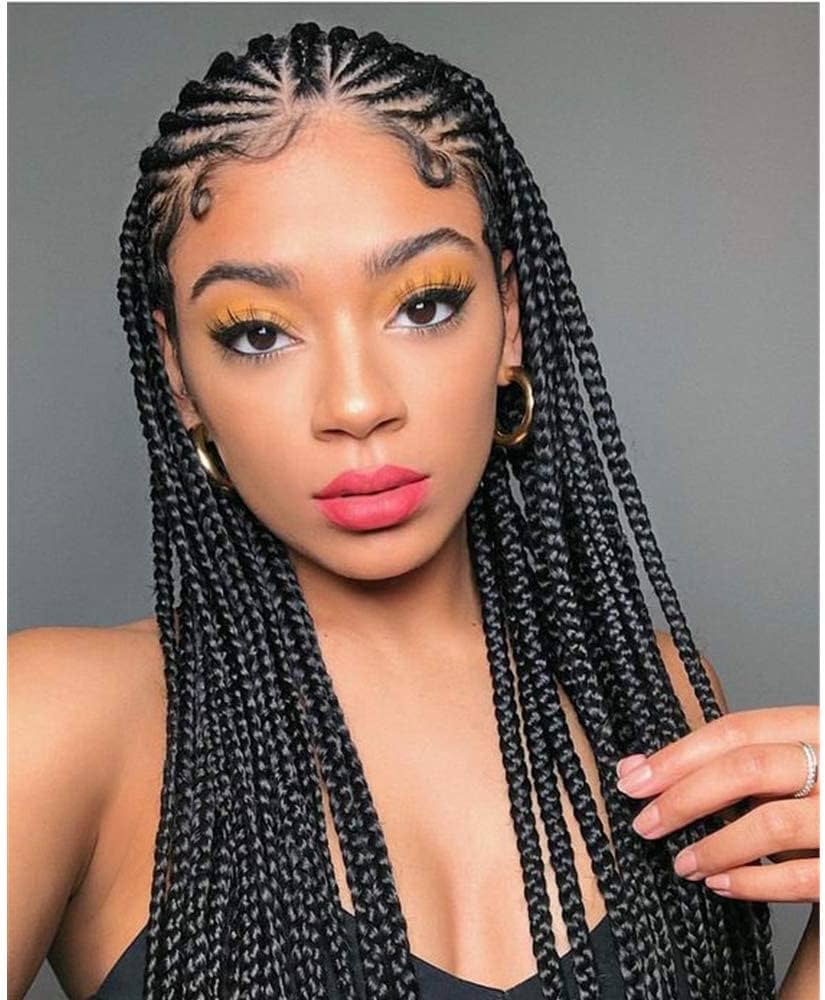
African Braiding Hair
Embracing the Art of African Braiding Hair: A Cultural Journey
In the rich tapestry of African culture, hair holds a sacred place. It is an expression of identity, tradition, and creativity. Among the many hairstyles that have emerged from this vibrant heritage, African braiding stands out as a true masterpiece. Intricate, symbolic, and steeped in history, these braids are more than just a hairstyle – they are a work of art.
The Origins of African Braiding
African braiding traces its roots back to ancient civilizations across the continent. It evolved as a practical means of managing and protecting hair, while also serving as a canvas for self-expression and cultural storytelling.
Each tribe and region developed its own distinctive braiding patterns, often symbolizing social status, age, marital status, or spiritual beliefs. These intricate designs were passed down from generation to generation, becoming a cherished tradition.
The Symbolism Behind the Braids
In many African cultures, braids hold deep symbolic significance. Certain patterns or styles were reserved for royalty or warriors, while others signified rites of passage or spiritual connections.
The shape, thickness, and direction of the braids carried meaning, with some designs representing strength, fertility, or the journey of life. This rich symbolism transformed African braiding into a powerful form of cultural expression and communication.
The Art of Braiding
African braiding is a true art form, requiring patience, precision, and exceptional skill. Skilled braiders, often referred to as “hair sculptors,” possess the ability to weave intricate patterns and designs using a variety of techniques.
From the classic cornrow to the elaborate Zulu knots and the regal Gele, each style demands a unique combination of dexterity, creativity, and attention to detail. The process is a labor of love, with braiders meticulously crafting each strand into a stunning masterpiece.
Braiding Hair Extensions
One of the hallmarks of African braiding is the use of hair extensions, allowing for greater versatility and creativity in hairstyling. These extensions are typically made from natural or synthetic fibers, skillfully blended with the wearer’s own hair.
The choice of extension material and color can further enhance the overall look and cultural significance of the braids. From vibrant hues to intricate beading and adornments, these extensions elevate African braiding to new artistic heights.
Cultural Significance and Preservation
In many African communities, braiding hair is not just a hairstyle; it is a sacred tradition that connects individuals to their cultural roots and ancestors. It is a way to honor and preserve the rich heritage passed down through generations.
As African diaspora communities have spread across the globe, African braiding has become a powerful symbol of cultural identity and pride. It serves as a reminder of the resilience and beauty of African traditions, transcending geographical boundaries.
Braiding as a Profession
In recent years, African braiding has gained widespread recognition and popularity, transforming it into a lucrative profession. Skilled braiders have established thriving businesses, catering to a diverse clientele seeking authentic and intricate braiding services.
These professionals not only showcase their artistic talents but also serve as ambassadors of African culture, educating and inspiring others about the rich history and significance behind each braid.
Braiding in Pop Culture
African braiding has also made its mark in the realm of pop culture, with celebrities and influencers embracing these intricate styles as a fashion statement. From music videos to red carpet events, elaborately braided hairstyles have become a symbol of boldness, individuality, and cultural pride.
This mainstream exposure has not only popularized African braiding but has also sparked important conversations about cultural appropriation and the need to respect and honor the traditions behind these styles.
The Braiding Community
Beyond its artistic and cultural significance, African braiding has fostered a vibrant and supportive community of practitioners and enthusiasts. Online forums, social media platforms, and local meetups have become spaces for braiders to share techniques, celebrate their work, and connect with others who appreciate this art form.
This sense of community has facilitated the exchange of knowledge, fostered professional growth, and strengthened the bonds between individuals who share a passion for African braiding.
Braiding as Self-Expression
For many individuals, African braiding serves as a powerful form of self-expression and personal empowerment. It allows them to embrace their natural hair texture and celebrate their cultural heritage with pride and confidence.
Beyond aesthetics, braiding can be a therapeutic and meditative practice, providing a sense of calm and connection to one’s roots. It is a way to reclaim and honor the beauty and versatility of African hair, rejecting societal norms and embracing one’s authentic self.

Preserving Traditions for Future Generations
As the world continues to evolve and cultural traditions face the challenges of modernization, preserving the art of African braiding becomes paramount. It is a responsibility shared by braiders, communities, and cultural institutions to ensure that this rich heritage is passed down to future generations.
Efforts such as documenting braiding techniques, offering educational programs, and promoting cultural exchange and understanding can help safeguard this invaluable tradition and ensure its continued relevance and appreciation.
Embracing Diversity and Inclusivity
African braiding not only celebrates the beauty and diversity of African cultures but also serves as a bridge to foster understanding and inclusivity across communities. By appreciating and respecting the traditions behind these intricate hairstyles, we can cultivate an environment of mutual respect and cultural exchange.
This appreciation extends beyond hairstyles, encouraging individuals to embrace and celebrate the richness of all cultures, promoting unity and harmony in our increasingly interconnected world.
In the tapestry of African culture, braiding hair is more than just a hairstyle – it is a artform, a tradition, and a powerful expression of identity. As we explore the intricate patterns and symbolic meanings woven into each braid, we embark on a journey of understanding, appreciation, and self-discovery. Embrace the art of African braiding, and let it serve as a catalyst for celebrating diversity, preserving cultural heritage, and fostering unity among all peoples.

In conclusion, African braiding hair is a versatile and timeless hair styling technique. Its cultural significance and artistic diversity make it a popular choice for individuals seeking unique and expressive hairstyles. Embracing African braiding allows for creative expression and a connection to rich cultural traditions, while also offering a practical and long-lasting hair styling solution.
With a wide range of braiding styles and patterns, individuals can achieve a personalized and stunning look that reflects their individuality. African braiding hair not only showcases artistic craftsmanship but also celebrates diversity and inclusivity, making it a cherished and enduring form of hair styling.



